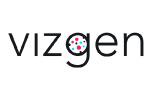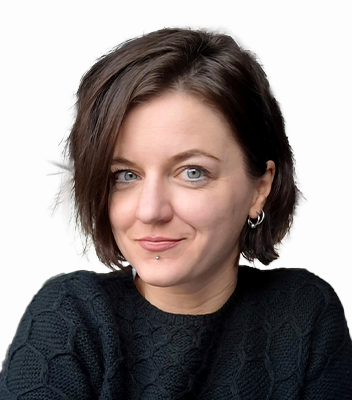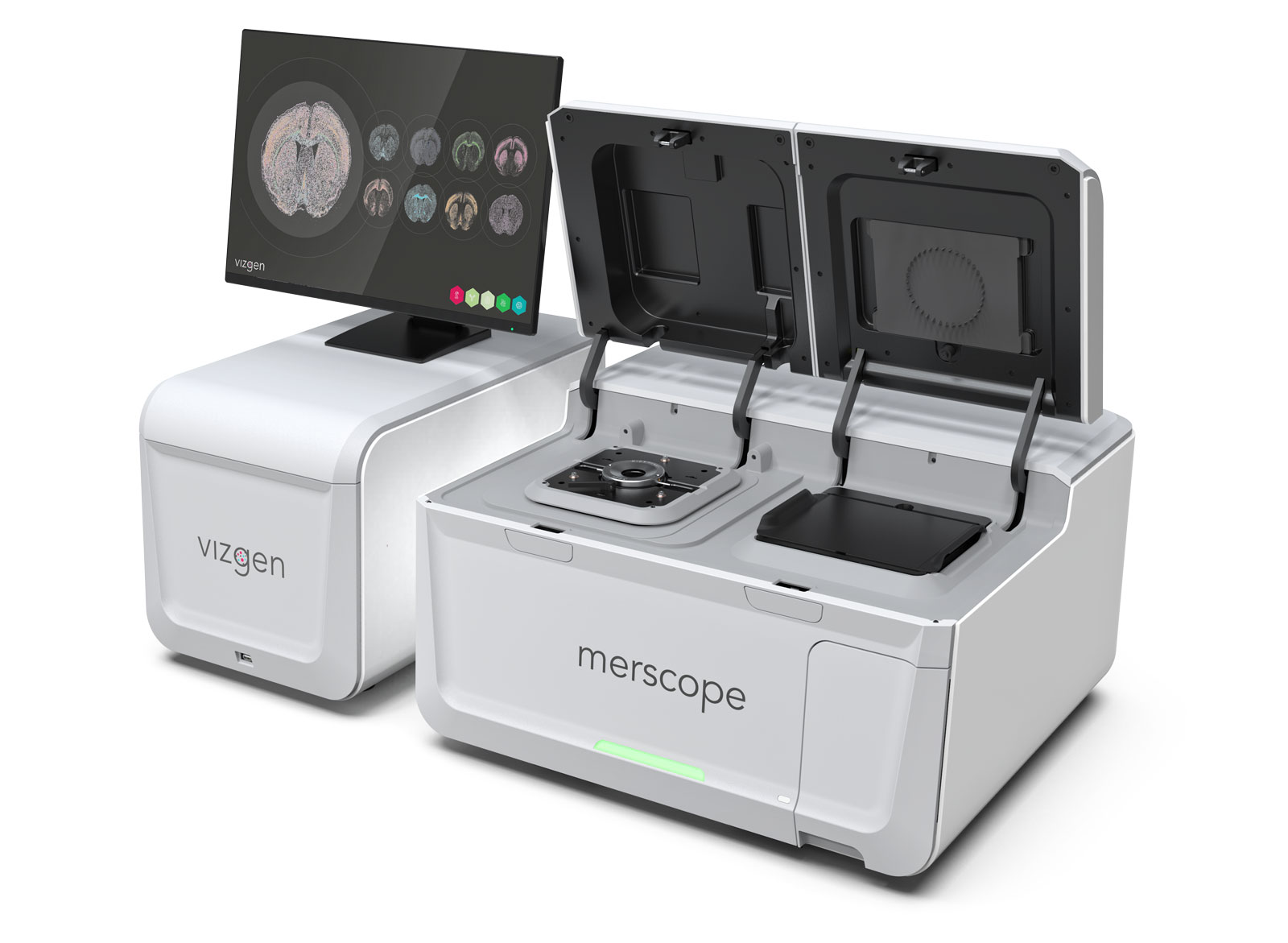MERFISH is a massively multiplexed single-molecule imaging technology for spatially resolved transcriptomics capable of simultaneously measuring the copy number and spatial distribution of hundreds to tens of thousands of RNA species in individual cells.
Accelerate to discover
Related topics

A comprehensive comparison on clustering methods for multi-slide spatially resolved transcriptomics
Spatial transcriptomics (ST) data, by providing spatial information, enables simultaneous analysis of gene expression distributions and their spatial patterns within tissue. Clustering or spatial domain detection represents an essential methodology for ST data, facilitating the exploration of spatial organizations with shared gene expression or histological characteristics. Traditionally, clustering algorithms for ST have focused on individual tissue sections. However, the emergence of numerous contiguous tissue sections derived from the same or similar tissue specimens within or across individuals has led to the development of multi-slide clustering methods. In this study, we assess seven single-slide and three multi-slide clustering methods on two simulated datasets and three real datasets. Additionally, we investigate the effectiveness of pre-processing techniques, including spatial coordinate alignment (for example, PASTE) and gene expression batch effect removal (for example, Harmony), on clustering performance. Our study provides a comprehensive comparison of clustering methods for multi-slide ST data, serving as a practical guide for method selection in various scenarios.
Related technologies: Spatial Transcriptomics




